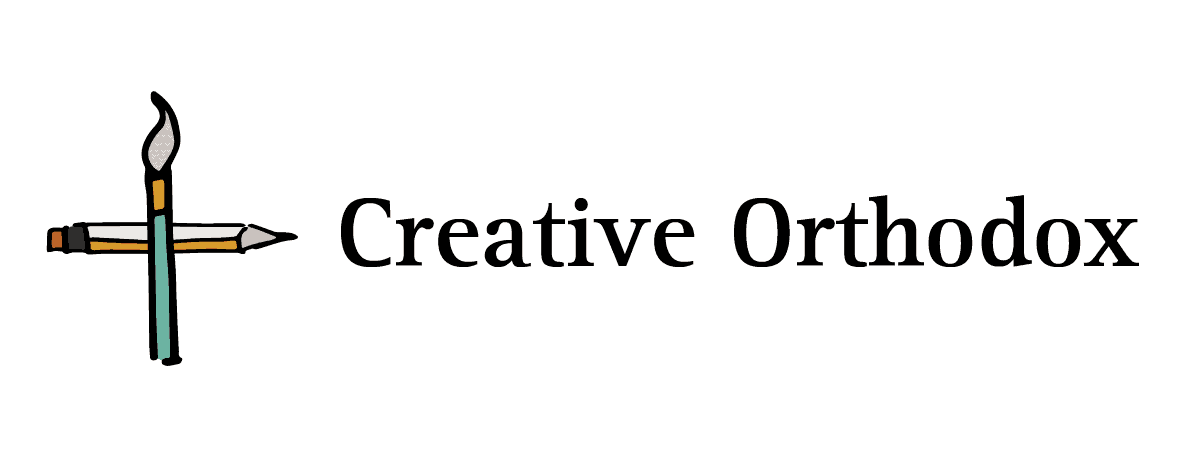
Can Orthodox Iconography Make Friends With Comic Art?
A 1000 words
Being an artist gives you a voice; a loud voice. If a picture is worth a thousand words then a graphic novel is a 10-hour talk! That’s scary.
Even talking for 30 minutes in Sunday school about Christ terrifies me, because I can very well, in ignorance, mislead the kids. The topic of teaching/preaching goes beyond my question. What I’m concerned with is how comics and sequential art introduce a new set of variables that can introduce wrong-teaching.
The Anastasis Icon
A friend sent me this article (page 8) by Fr. George Dragas on “Understanding the Resurrection through Christ’s descend to Hades” to help with research for my Harrowing of Hell book. Fr. Dragas explains the origin of the resurrection icon, and how the icon where Christ is floating among the clouds while holding a cross is a Western rendition.

The ancient Anastasis icon
Orthodox churches traditionally illustrated Resurrection through the Harrowing of Hades (Anastasis) icon as it links the Incarnation to Resurrection in a meaningful way, altogether showing the participation of Adam, Eve and the prophets of old. Fr. Dragas emphasizes that we have a relatively detailed account of the Harrowing of Hades in the Bible, the sayings of the Church fathers and the Gospel of Nicodemus. Whereas we don’t have a detailed account of how the moment of rising from the tomb happened and what transpired then. As such, iconographers illustrated what they know.
Following this line of thinking, it quickly came to me that sequential art can quickly introduce many unknown variables as I have to make sense of events in sequence. That can mean illustrating imagined detail where we just don’t know what happened.
What I think it all comes down to is the function of the work, the artist’s preparation and his/her honesty.
Function matters.
Whether you’re creating an icon to be prayed to or an illustration to express yourself and unearth a teaching makes a huge difference. A huge part of icon-writing was getting the eyes and the expression right so that the icon feels approachable and welcoming.
Research and honesty.
I came across a lot of resources for both graphic novels I’ve done (St. John the Short and the Harrowing of Hades). Some stories just didn’t feel right, and the scholars who translated them more often than not identify the parts of the text that seem to be added later or changed over the course of history. I believe if an artist truly wants to tell truth in their stories, and pray about it, they will succeed.
Make art and make mistakes.
This is more for my illustrations than books (because they get heavily edited by pretty much everyone I know). I realize that at the speed I’m making and posting illustrations to meet feast days and such, I’m bound to make spelling mistakes, sourcing mistakes, naming mistakes. I’m alright with that, because I’m not positioning myself as a teacher, I’m just a Christian who draws the church fathers to know God.
At the end of the day, I try my best to spend time finding reputable sources for the things I create, and reinforce the fact that these are the expressions of a fallen human, bound to be imperfect yet full of the little truths I gather along the way.




